Wyoming’s Elk Hunting: Why This State May Be The Best
Regarding Wyoming elk hunting, the opportunities are as abundant as the state’s stunning natural beauty. Wyoming offers a diverse range of hunting options catering to residents and non-residents. Whether you prefer archery or rifle hunting, there’s something for everyone in this hunter’s paradise.
The Importance of Elk Hunting in Wyoming
Elk Hunting: An Ingrained Cultural Tradition
Elk hunting is deeply ingrained in Wyoming’s culture and heritage. Locals have passed down their knowledge and love for this time-honored pursuit for generations.
It serves as a way to connect with nature, preserve traditions, and teach important skills to future generations. The thrill of tracking elusive games through rugged terrains has become an integral part of the state’s identity.
A Boon to Wyoming’s Economy
Beyond its cultural significance, elk hunting is vital in boosting Wyoming’s economy. Thousands of hunters from all corners flock to this picturesque state for trophy-worthy prey every year. This influx stimulates local businesses such as outfitters, guide services, hotels, and restaurants, fueling economic growth at various levels while creating employment opportunities for residents.
So whether you’re captivated by Wyoming’s magnificent elk population or want to experience the thrill of the hunt while contributing to Wyoming’s economy, elk hunting in Wyoming holds a special place in both cultural and economic realms. With its unparalleled natural beauty and abundant game, it’s no wonder this state stands tall as one of the premier destinations for elk hunting enthusiasts.
Understanding Elk Behavior and Habitat
Elk Migration Patterns in Wyoming
One of the fascinating aspects of elk hunting in Wyoming is understanding the migration patterns of these majestic creatures. Elk move from their wintering grounds to their summer ranges in the spring, often covering long distances. They seek higher elevations where the snow has melted, allowing access to fresh vegetation and abundant forage.
During this time, elk can be found in alpine meadows, open forests, and lush valleys. In the fall, as temperatures drop and snow accumulates in higher elevations, they migrate back to lower valleys and foothills for wintering.
Preferred Habitats and Food Sources for Elk
When it comes to habitats, elk are highly adaptable animals that can thrive in a variety of landscapes across Wyoming. They favor areas with a mix of open meadows for grazing on grasses and sedges and dense forests with ample cover for protection against predators.
Riparian areas near streams or rivers are attractive due to water availability and lush vegetation. Regarding food sources, elk have a diverse diet that varies throughout the year depending on seasonal availability.
During spring and summer months, they graze on fresh grasses, herbs, young shoots of shrubs, and even flowers. As fall approaches and vegetation becomes scarce in higher elevations due to snowfall or colder temperatures, they switch their focus on browsing deciduous shrubs such as willow or aspen.
Factors Influencing Elk Behavior During Different Seasons
The behavior of elk is greatly influenced by various factors that change throughout each season. During the breeding season (rut), which typically occurs in late September through early October in Wyoming’s high country (check local regulations), bull elks become more territorial while seeking out females (cows).
This is when the iconic bugling calls echo through the mountains as bulls compete for mates. In winter, limited food resources and cold temperatures lead to elk herds congregating in lower valleys and foothills where they can find shelter and access to browse.
Hunters need to consider these behavioral changes when planning their hunting strategies, as elk may be more predictable in certain areas during specific times of the year. Understanding elk behavior and their preferred habitats will enhance your knowledge of these magnificent animals and increase your chances of a successful elk-hunting experience in Wyoming!
Overview of the application process for non-residents
If you’re not a Wyoming resident but still want to experience the thrill of elk hunting in this breathtaking state, fear not! The application process for non-residents is straightforward, although it does come with some important deadlines.
Typically, applications for elk hunting licenses open around January and close around the end of February. It’s crucial to check the specific dates each year because they may vary slightly.
To apply, you must go through the Wyoming Game and Fish Department‘s online system or submit a paper application by mail. Remember that there is a preference point system in place, which means that hunters who are unsuccessful in drawing a license accumulate points that increase their chances in subsequent years.
Different types of licenses available (e.g., general, limited quota, special)
When it comes to elk hunting in Wyoming, different types of licenses are available based on various factors such as residency status and hunting area. The most common type is the general license, which allows you to hunt elk in specific regions during specific timeframes. Then, limited quota licenses provide access to more restricted areas where elk populations might be managed more carefully or where hunter pressure needs to be controlled.
These areas typically require fewer preference points to draw a license but offer an enhanced hunting experience due to lower competition. Some special permits, like landowner or conservation permits, have unique regulations and requirements and may be available.
Season dates, bag limits, and other regulations to be aware of
Before embarking on an exhilarating elk hunting adventure in Wyoming, it’s essential to familiarize yourself with season dates and bag limits set by the Wyoming Game and Fish Department. Elk seasons can vary depending on different hunting areas across the state.
For instance, archery season usually starts around early September and lasts until early October, while rifle season generally begins in late October and extends into November. Bag limits also differ based on the type of license you possess and the hunting area you choose.
It’s crucial to thoroughly read and understand the specific regulations for your hunting zone, such as antler restrictions or any special rules that may be in place. Complying with these regulations ensures ethical hunting practices and contributes to wildlife conservation efforts in Wyoming elk hunting.
Best Areas for Elk Hunting in Wyoming
Yellowstone National Park area or Jackson Hole
When it comes to elk hunting in Wyoming, two names stand out: Yellowstone National Park and Jackson Hole (shown here). These areas are legendary among hunters for their abundant elk population and breathtaking landscapes.

In Yellowstone, you can immerse yourself in the wilderness of America’s first national park while pursuing magnificent bull elk. Hunting within the park’s boundaries is prohibited, but the surrounding areas offer fantastic opportunities.
Jackson Hole, known for its stunning mountains and valleys, is another hotspot for elk hunting enthusiasts. With its diverse terrain and large herds of elk, this region promises an unforgettable adventure.
Medicine Bow National Forest or Shoshone National Forest
While many hunters flock to popular destinations like Yellowstone and Jackson Hole, there are lesser-known areas that can be just as productive for elk hunting in Wyoming. The Medicine Bow National Forest is a hidden gem between Laramie and Saratoga. This vast forest offers a mix of dense forests, open meadows, and rugged mountains—the perfect habitat for elusive bull elk.
Another excellent option is the Shoshone National Forest, located west of Cody near Yellowstone’s eastern entrance. This forest boasts diverse landscapes ranging from alpine meadows to steep canyons, providing ample opportunities to track down mature bulls.
Don’t overlook these hidden treasures—it could be where you find your trophy elk. Wyoming offers many exceptional locations for elk hunting enthusiasts looking to immerse themselves in nature’s beauty while pursuing these majestic animals.
Whether you opt for famous regions like Yellowstone or Jackson Hole or explore lesser-known areas such as Medicine Bow or Shoshone National Forests, each location has its unique charm and abundance of elk. So, gear up, plan your hunt, and prepare for an unforgettable experience in the vast wilderness of Wyoming.
Essential Gear and Equipment for a Successful Hunt
Firearms Suitable for Elk Hunting
When choosing a firearm for elk hunting in Wyoming, there are a few important factors to consider. One of the key decisions is selecting the right caliber based on the terrain and distance you’ll encounter during your hunt.
Consider a more powerful caliber like a .300 Winchester Magnum or .338 Lapua in open landscapes where longer shots are common. These cartridges deliver excellent long-range accuracy and energy, ensuring ethical kills.
On the other hand, if you’re hunting in dense forests or areas with shorter shooting distances, a .30-06 Springfield or .270 Winchester can be equally effective choices. Additionally, some hunters may prefer traditional archery equipment over modern compound bows.
There’s something undeniably primal about drawing back a recurve or longbow while pursuing elk in the wilds of Wyoming. However, it’s worth noting that archery hunting requires greater skill and practice due to its shorter effective range compared to firearms.
Modern compound bows offer advantages, such as increased arrow speed and improved accuracy, due to their mechanical advantage systems, such as cams and pulleys. Ultimately, the choice between traditional archery equipment and compound bows is personal preference and proficiency.
Clothing and Gear Recommendations
Elk hunting in Wyoming often means dealing with ever-changing weather conditions, so proper clothing is essential for comfort and safety throughout your hunt. Layering systems provide versatility by allowing you to add or remove layers depending on temperature fluctuations during different parts of the day. Start with a moisture-wicking base layer that keeps sweat away from your skin, followed by an insulating mid-layer such as fleece or down jackets for warmth.
Top it off with a waterproof outer layer like Gore-Tex or similar materials that protect against rain or snow. In terms of gear, investing in quality camouflage clothing is crucial to blend into the natural surroundings and avoid spooking elk.
Choose patterns like Mossy Oak or Realtree that mimic the environment you’ll be hunting in. As for footwear, sturdy and comfortable boots are a must.
Look for boots with good ankle support, insulation for colder conditions, and a tread pattern suitable for varied terrains. Also, reliable optics can greatly enhance your chances of spotting elk from a distance.
A good pair of binoculars with appropriate magnification (8x or 10x) and lens diameter (40mm or higher) will help you scout the terrain effectively. If you prefer a closer look, consider carrying a spotting scope with higher magnification (20x to 60x) to observe elk behavior more closely.
Remember, selecting the right gear and equipment can significantly impact your success on an elk hunting adventure in Wyoming. So take the time to research and choose wisely based on your unique preferences and requirements.
Tactics and Strategies for Effective Elk Hunting
Elk calling techniques: bugling, cow calling, etc.
One of the most thrilling aspects of elk hunting in Wyoming is the opportunity to use various calling techniques to attract these majestic creatures. Bugling, which mimics the distinct vocalization of a dominant bull elk during the rutting season, can be incredibly effective in drawing them closer. However, mastering cow calling is equally important.
By imitating the sounds made by female elk, hunters can create an illusion of a potential mate nearby and pique the curiosity of bulls in the area. It’s crucial to practice these calls beforehand to ensure accuracy and realism.
Stalking methods: still-hunting vs spot-and-stalk approaches.
When stalking your prey, you have two primary approaches: still-hunting and spot-and-stalk. Still-hunting involves moving slowly and silently through an area you suspect elk may be frequenting.
This method requires patience and keen observation skills as you carefully scan your surroundings for any signs of movement or sound. On the other hand, spot-and-stalk involves locating elk from a distance using binoculars or spotting scopes before planning your approach.
Once you’ve spotted them, you’ll devise a stealthy route to get within range undetected. Both techniques have their merits depending on the terrain and conditions you encounter during your hunt.
Useful tips on wind direction management.
Managing wind direction is paramount when hunting elk in Wyoming. These animals possess an incredible sense of smell that can easily detect human scent if not managed properly. Always note prevailing wind patterns in your hunting area and plan your approach accordingly by positioning yourself downwind from where you expect to encounter elk.
Keeping track of wind direction throughout your hunt is essential, as it can change throughout the day due to the shifting weather conditions. Additionally, using scent-eliminating sprays and controlling your movements to minimize the spread of your scent are crucial strategies to increase your chances of success.
Effective scouting methods to locate prime hunting areas.
Scouting is a critical step in any successful elk hunting expedition in Wyoming. To locate prime hunting areas, study topographical maps and identify key features such as ridges, valleys, or water sources that may attract elk. Pay special attention to areas with thick cover that can provide elk with security and ample food sources nearby.
Conducting pre-season scouting trips allows you to familiarize yourself with the terrain, look for signs like tracks or droppings, and even listen for bulges during the rutting season. Using trail cameras strategically placed along game trails can also provide valuable insights into elk movement patterns.
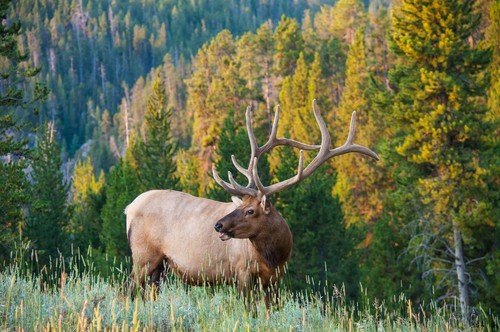
Conclusion
Embarking on an elk hunting adventure in Wyoming offers not only a thrilling pursuit but also an opportunity to immerse yourself in the breathtaking natural beauty of this remarkable state. By employing effective calling techniques such as bugling and cow calling, mastering stalking methods like still-hunting or spot-and-stalk approaches, managing wind direction diligently, and utilizing scouting strategies to pinpoint prime hunting areas, you enhance your chances of a successful hunt.
So gear up, hone your skills, respect nature’s grandeur, and immerse yourself in the unforgettable experience of elk hunting in Wyoming—it’s an adventure like no other!

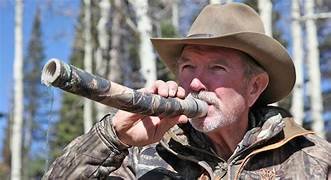

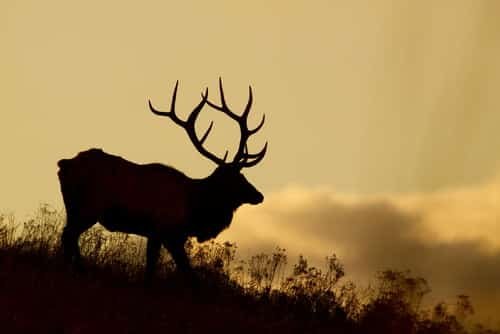

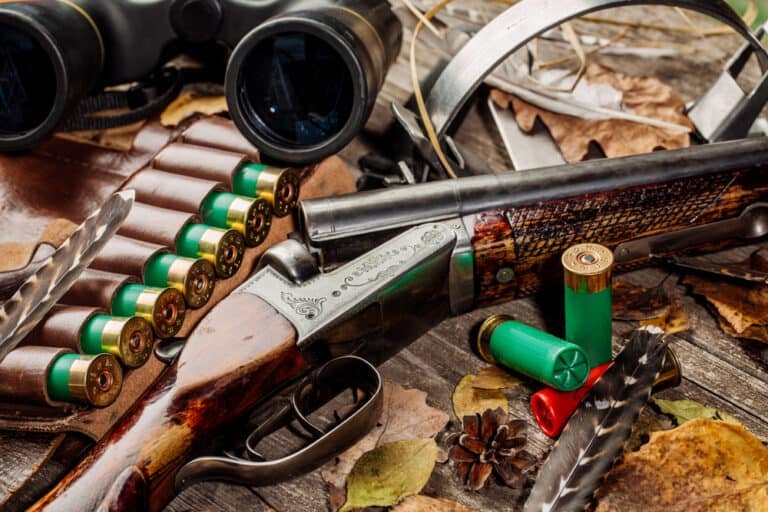
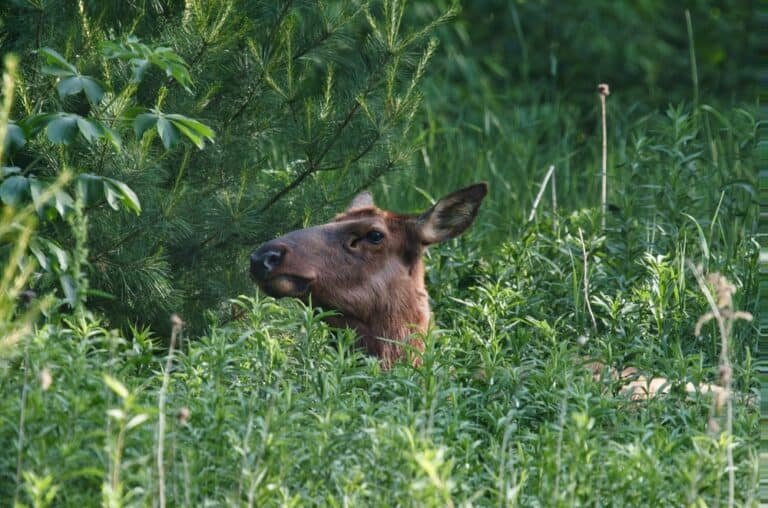
Полностью трендовые новости модного мира.
Актуальные мероприятия лучших подуимов.
Модные дома, бренды, гедонизм.
Свежее место для трендовых людей.
https://fashion5.ru/
Несомненно свежие новинки модного мира.
Все новости самых влиятельных подуимов.
Модные дома, торговые марки, высокая мода.
Свежее место для модных хайпбистов.
https://modavmode.ru
Абсолютно стильные новинки мира fashion.
Все события лучших подуимов.
Модные дома, бренды, haute couture.
Лучшее место для модных людей.
https://miramoda.ru
Несомненно стильные новости модного мира.
Абсолютно все эвенты известнейших подуимов.
Модные дома, лейблы, гедонизм.
Самое лучшее место для стильныех людей.
https://sofiamoda.ru
purple pharmacy mexico price list: cmqpharma.com – mexican drugstore online
buying from online mexican pharmacy
http://cmqpharma.com/# medication from mexico pharmacy
mexican online pharmacies prescription drugs
I like this weblog very much, Its a real nice spot to read and incur info.Raise your business
indian pharmacies safe: top 10 online pharmacy in india – world pharmacy india
india pharmacy mail order: mail order pharmacy india – indian pharmacies safe
mexico pharmacy mexico pharmacies prescription drugs best online pharmacies in mexico
https://canadapharmast.online/# thecanadianpharmacy
canada rx pharmacy world: canadian pharmacy 24h com safe – canadian online drugstore
mexican border pharmacies shipping to usa: mexican online pharmacies prescription drugs – buying prescription drugs in mexico
medicine in mexico pharmacies: mexico drug stores pharmacies – mexican pharmaceuticals online
best online canadian pharmacy canada pharmacy pharmacy canadian
mexican pharmacy: reputable mexican pharmacies online – п»їbest mexican online pharmacies
https://indiapharmast.com/# cheapest online pharmacy india
reputable mexican pharmacies online: mexican drugstore online – mexican mail order pharmacies
safe canadian pharmacies: northwest canadian pharmacy – safe canadian pharmacy
canadapharmacyonline legit canada pharmacy pet meds without vet prescription canada
mexican pharmacy: mexican pharmacy – medication from mexico pharmacy
canada pharmacy: pet meds without vet prescription canada – canadian drug pharmacy
http://foruspharma.com/# buying prescription drugs in mexico
mexico drug stores pharmacies: buying prescription drugs in mexico online – mexico drug stores pharmacies
http://amoxildelivery.pro/# amoxicillin 500 tablet
https://doxycyclinedelivery.pro/# buy doxycycline online usa
http://amoxildelivery.pro/# amoxicillin 500 mg brand name
http://clomiddelivery.pro/# can i order cheap clomid pills
http://paxloviddelivery.pro/# Paxlovid over the counter
https://amoxildelivery.pro/# amoxicillin 500mg price canada
http://paxloviddelivery.pro/# paxlovid covid
http://paxloviddelivery.pro/# paxlovid pharmacy
https://paxloviddelivery.pro/# paxlovid price